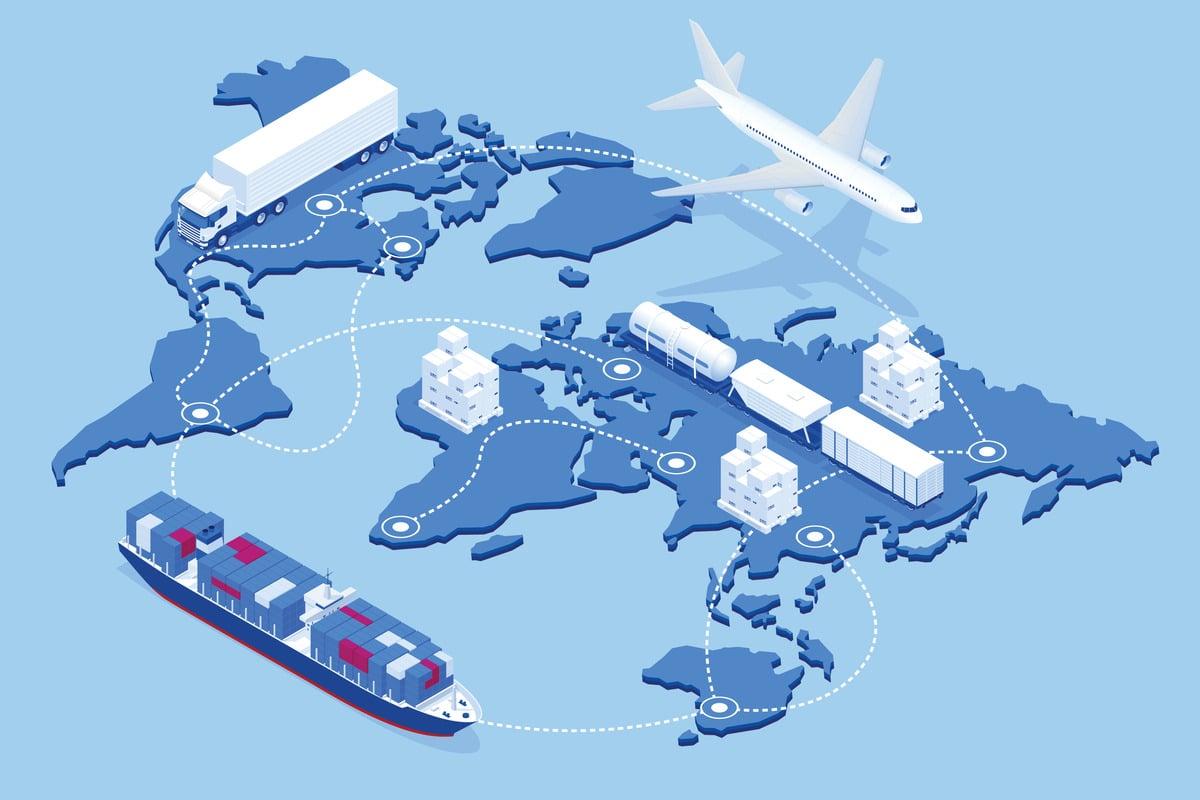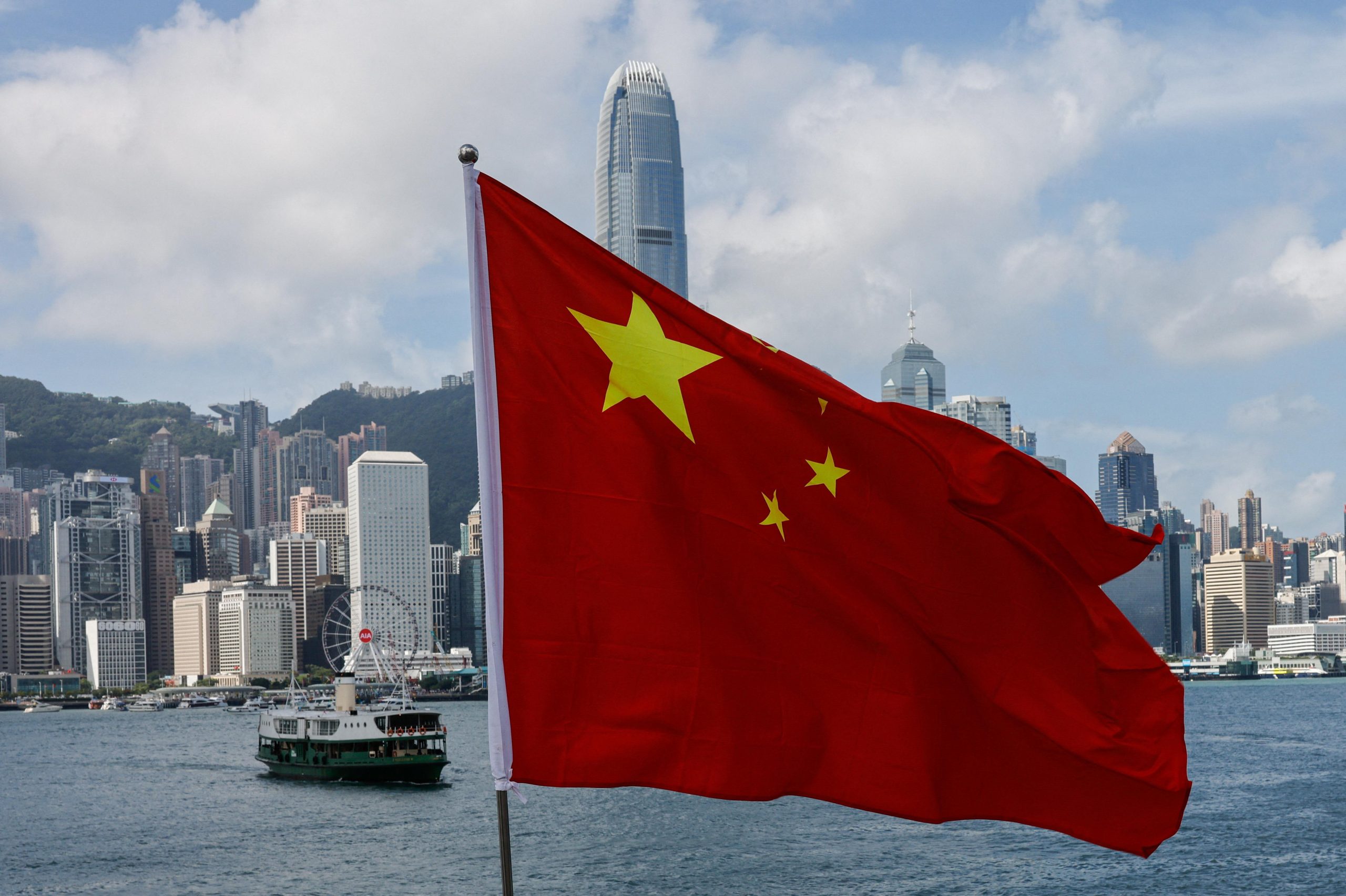In the intricate web of global trade, China’s dominant position in the U.S. auto supply chain remains firmly intact, even in the face of recent tariff increases. As the automotive industry navigates shifting economic and geopolitical currents, a deeper examination reveals why China’s influence continues to endure. The Detroit News explores the complexities and subtle dynamics of this crucial relationship, shedding light on the tightly interwoven fates of these two economic powerhouses.

The Resilience of China’s Key Role in the U.S. Auto Supply Chain
Amid ongoing trade tensions, China’s pivotal role in the U.S. auto supply chain remains remarkably resilient. Despite escalating tariffs and geopolitical uncertainties, several factors underscore the enduring presence of China within this complex network:
-
Established Infrastructure: China possesses a vast and well-developed network of manufacturing facilities and suppliers, specifically designed to meet the evolving demands of the U.S. auto industry.
-
Technological Expertise: Over the years, Chinese manufacturers have significantly advanced their technological capabilities, aligning with the high standards of U.S. automakers and supporting innovation and quality in component production.
Moreover, the tightly woven web of interdependent relationships between the U.S. and Chinese automotive sectors further reinforces China’s indispensable role:
-
Cost Efficiency: China’s ability to deliver cost-effective manufacturing solutions enables U.S. automakers to maintain competitive pricing and achieve significant cost savings.
-
Market Access: With a vast domestic consumer base and robust global distribution networks, China remains a strategic partner, offering essential market opportunities for U.S. auto companies seeking growth and scale.
Factors Contributing to China’s Continued Dominance
Despite ongoing trade tensions and tariffs, China’s strong position in the U.S. auto supply chain is unlikely to fade anytime soon. Several key factors continue to support its dominance:
-
Strong Manufacturing Infrastructure:
China has built a massive, efficient network of factories, suppliers, and logistics systems designed to handle large-scale auto parts production. This allows for fast, reliable, and cost-effective supply to U.S. automakers. -
Skilled and Abundant Workforce:
With a large pool of well-trained workers, China is able to produce high-quality automotive components at lower costs. This skilled labor force gives manufacturers a strong competitive edge. -
Advances in Technology:
China is now a global leader in electric vehicles and related technologies, such as batteries and smart car systems. U.S. companies often rely on Chinese innovation and manufacturing capabilities to stay competitive, especially in the growing EV market. -
Close Business Partnerships:
Many U.S. car companies have formed long-standing partnerships and joint ventures with Chinese firms. These relationships are built on mutual benefits, including shared technology, manufacturing, and access to each other’s markets. -
Cost Efficiency:
China offers lower production costs and large-scale output that few countries can match. This makes it an essential partner for U.S. automakers looking to keep prices down while maintaining quality.
In short, China’s role in the U.S. auto supply chain is supported by strong infrastructure, skilled labor, advanced technology, and deep business ties. While future trade policies may affect the relationship, China’s position remains firmly rooted for now.
| factor | Impact |
|---|---|
| Market Size | Large consumer base drives demand for U.S. auto exports. |
| trade Relations | Stable trade relations ensure smooth flow of goods and services. |
Navigating the Implications for U.S. Auto Manufacturers
China’s Role in U.S. Auto Supply Chain: Despite the ongoing debate over tariffs and trade tensions between the U.S. and China, it’s important to recognize that China continues to play a critical role in the supply chain of U.S. auto manufacturers. From components to assembly, many U.S. carmakers rely on Chinese suppliers for essential parts, highlighting the intricacies and interdependence of the global automotive industry.
Potential Implications of Tariffs: While tariffs may impact certain aspects of the supply chain, it is unlikely to significantly alter China’s key position. With established relationships and production efficiencies in place, both countries have a vested interest in maintaining collaboration in the automotive sector.Any changes would require intricate restructuring and could potentially add costs and disrupt production schedules, reinforcing the delicate balance that exists within the industry.

Strategic Recommendations for Supply Chain Diversification
While tariffs may create short-term disruptions, China’s longstanding position as a key player in the supply chain is unlikely to change significantly. Here are some strategic recommendations to consider:
- Develop a multi-sourcing strategy: Rather of relying solely on China, consider diversifying suppliers across different regions to mitigate risks.
- Invest in domestic production: Building or expanding manufacturing facilities in the U.S. can reduce reliance on foreign suppliers and improve supply chain resilience.
To Conclude
While tariffs remain a contentious issue in U.S.–China trade relations, it is increasingly clear that they are unlikely to dislodge China’s pivotal role in the U.S. auto supply chain. Backed by a vast network of interconnected suppliers and a longstanding dominance in global manufacturing, China’s influence in the automotive sector remains firmly entrenched. The future may bring new challenges and uncertainties, but one thing is certain: China’s role is deeply woven into the fabric of the U.S. auto industry. Any meaningful change will require careful strategy, deliberate collaboration, and long-term planning from all stakeholders. As the landscape continues to shift, only time will reveal how these dynamics will ultimately reshape this vital partnership.












